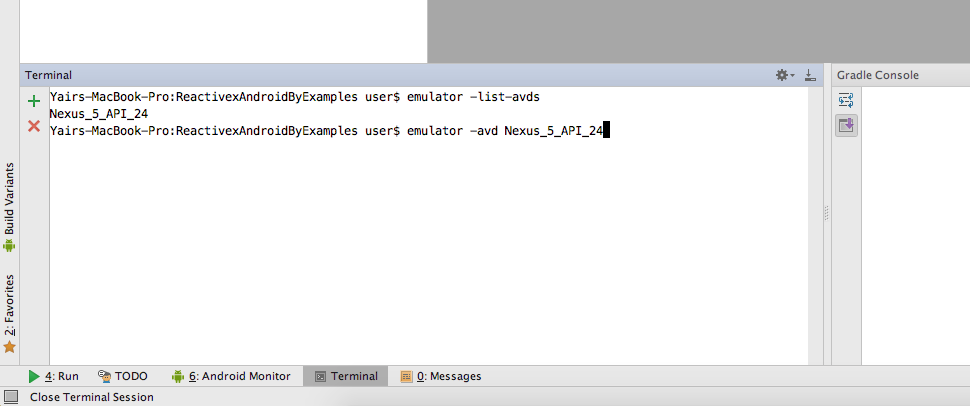


Starting from Mac OS 10.10 (and working at least until 10. What we want to achieve here is to define the ANDROID_AVD_HOME environment variable in a way that makes it available to applications launched from the Finder.
#Android studio emulator path mac how to
And of course, the thousands of documents about how to do it in Windows are of no help at all, and the few that are about the Mac are really, really outdated. it at the emulated device Nexus5 (you are inside the android directory, else use the full path to apk). But if you try to set them under Appearance & Behavior > Path Variables in the Android Studio Preferences, because you think it would be a reasonable thing to do, then you might waste a lot of time, because it does not work. mac - install apk in emulator android studio. It’s easy enough to find out that you should modify either the ANDROID_SDK_ROOT, ANDROID_EMULATOR_HOME, or ANDROID_AVD_HOME environment variables (or even ANDROID_HOME, if you’re unlucky enough to find some really outdated documents). It’s possible, but if you’re lucky like I am, you might run into some hurdles. Note: If you already set up your Mac to run React Native on the iOS simulator (via Xcode), as shown in this tutorial then you already installed Node.js & Watchman and can skip that step and go right to the install Java Development Kit step. Imagine you’d like to reclaim space on your Mac’s main hard drive by moving your Android Studio Virtual Devices (the phones and tablets you run in the Android Emulator to test your applications). This tutorial will show you how to install and set up React Native (with the React Native CLI) for Android development, on macOS.


 0 kommentar(er)
0 kommentar(er)
